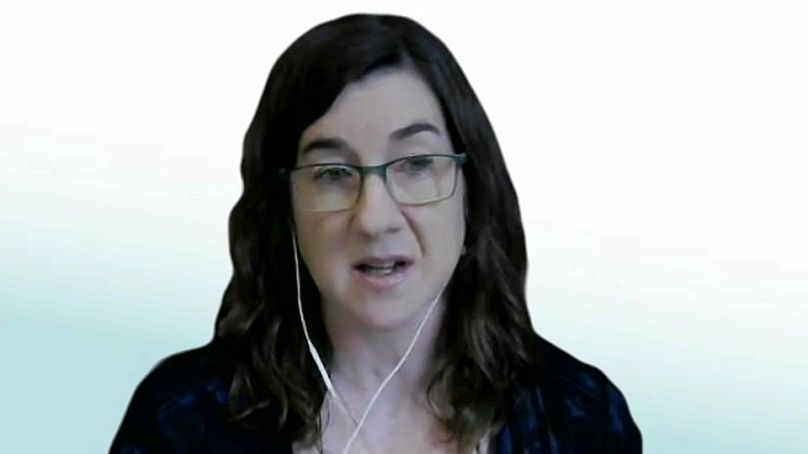A winter drought in southern Europe has led to water use restrictions in France and Italy, while some Spanish ecologists warn the country's cereal crops may become unsustainable in the future.
Southern Europe’s farmers are facing a crop crisis. Months of drought has interruped this year’s harvests and some Spanish ecologists are warning the country may soon be unable to sustain cereal crops such as wheat and barley.
"Irreversible damage has been done to more than 3.5 million hectares of crops," the main Spanish farmers' association COAG warns, sounding the alarm on a trend it says is being observed throughout much of the country.
What are the effects of drought on farming?
"If rainfall does not improve within a few days, then rainfed crop production, especially winter cereals, will be significantly reduced,” says Sergio Vicente-Serrano, a researcher at the Pyrenean Institute of Ecology of Zaragoza.
“If it continues like this, then, logically, the harvest will decrease, and therefore prices will rise. It should not be forgotten that drought is a phenomenon characteristic of the Mediterranean climate, that is not something new, connected with the process of global warming, and not a process that we have experienced only in the last few decades.
But the problem is that in recent years we have also suffered from a lack of precipitation against the backdrop of a noticeable increase in temperature."
The Spanish government’s National Drought Committee is meeting to discuss the problem later this week.
Europe faces a summer of drought
Other European countries also face this problem. A map of current droughts in Europe compiled by the Copernicus Climate Change Service showed warnings of low soil moisture in many southern regions of the continent in January.
"Normally, particularly in southern European countries, we expect autumnal and winter recharge of rain,” says Samantha Burgess, Associate Director of Copernicus. “That hasn't happened this year for many of those countries. So, we're about to go into that agricultural season, the growing season, with very low soil moisture.”
Farmers are competing with other sectors for a share of the supply. The French energy sector uses water in hydro schemes, but also as a coolant for nuclear reactors.
After its driest winter in 60 years, the French government took the unusual step of ordering water use restrictions in February and March.
The Copernicus Climate Change Service says new solutions must be explored.
“We also need to look for new technologies that use less water and so really look to recycle as much water or have a lower footprint on the water that is available,” says Burgess.
The Italian government is preparing an aid package worth €7.8bn and a new water supply plan after water levels fell in its longest river, the Po. Millions of Italians have faced restrictions on water use as a result.
Watch the video above to see Spain's parched lands.












